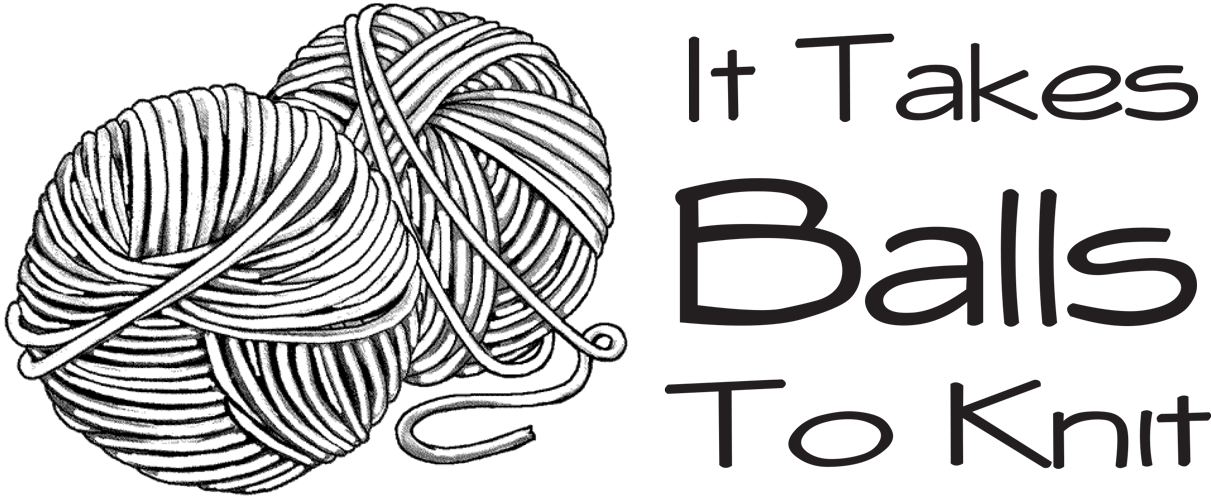Well, since this is a leap year, I get one more day in February to post about something I love in knitting. If you know me, you’ll know that I LOVE cables. As a matter of fact, cables are a large part of the reason I began knitting at all! I had cables in the back of my mind as a goal to achieve once I knew how to knit. I always like the way there seemed to be some rope twisting and turning on the top of a sweater. And when they moved from left to right along the sweater (I would later learn that these are called traveling cables), that was even better. And the warmth you get from the three dimensional fabric!
I love the Celtic braids especially and always dreamed of being able to make my own. It wasn’t long before I learned how to make them, and then later on how to do them without a cable needle! What a great day that was. Now it’s hard for me to design something without a cable in it! Luckily, there are literally an infinite number of variations on cables that you can have, so the design need not repeat itself or be boring. How could cables ever be boring?
It wasn’t long before I discovered some very impressive designers that were doing something radically different with cables – capping them! This is a method where the cables seem to start and stop as if out of midair in the work. This allowed you to create cable to resemble any shape – from circles to crosses to letters to graphics. The first person I saw do this was Alice Starmore in her book Aran Knitting. To this day she is still one of my favorite designers and tops on my list of people to meet. Her book is still the standard for Aran knitting today, and has recently been re-released with new patterns. It is available at most yarn shops or through Amazon.
Also capping cables as a specialty is Elsebeth Lavold, and her book Viking Patterns for Knitting … This is not her only book by any means – she’s up to around 14 of her Designer’s Choice series alone. While her method for capping cables is a little different from Alice’s, the results are equally as impressive. Another favorite designer of mine and cable superstar is Melissa Leapman. She has the book Continuous Cables that is absolutely the best resource if you want to explore the world of cables and start from the beginning. By the end of it, you’ll be a cable pro and wanting to tackle her other book, Cables Untangled, to continue your journey into the wonderful world of cables.
Another designer that I met on Ravelry that does fabulous work with cables is Dorota – her Ravelry name is Davorgilla. You simply won’t believe your eyes when you see the creations she comes up with almost daily. I spent a bit of time being a test knitter for her and here are a few examples of her work. Clicking on the first picture will bring you to her Etsy page where you can purchase the patterns, and the second will bring you to her blog. You can also look up her group Celtic Renegades on Ravelry.
I think part of the reason for my love for cables is the mathematics behind them. While I look at cables and fully appreciate them for their beauty, I coudn’t help myself to look deeper into those twists and turns to see the patterns inside. It was this curiosity that lead me to developing the Barrington Braid. I remember seeing the Rowan pattern Jack and falling in love with it instantly. The only thing is that I wanted a cabled braid in the center instead of the two overlapping diamond cabled braids that they had. I tried using the Saxon braid in it’s place, but it wasn’t large enough. So I added two strands to it and made it an 8 stranded braid. This wasn’t as easy as you’d think, and when I revisited it later, I found it difficult to reproduce. So I spent many an hour charting and knitting (unfortunately, knitting then charting) until I got the pattern right. As noone that I asked had ever seen this before and didn’t know a name for it, I called it the Barrington Braid. I then decided to do a few more – a 10 strand, 12 strand, and 16 strand. Yes, the math stood out clear as a bell and I discovered the pattern and subsequently wrote a formula to knit a braid for any number of strands you have a desire for. Here is a picture of the Angel braid – a 16 strand braid – that I used in a shrug of the same name. The picture is a link to the pattern that you can get from this site.
And I will end this post with the cable that lead to the one above – the Barrington Braid. Clicking on it will bring you to the page where you can get the e-book I wrote telling you how to make your own braids of any size you desire.
Hugzzz 😎








